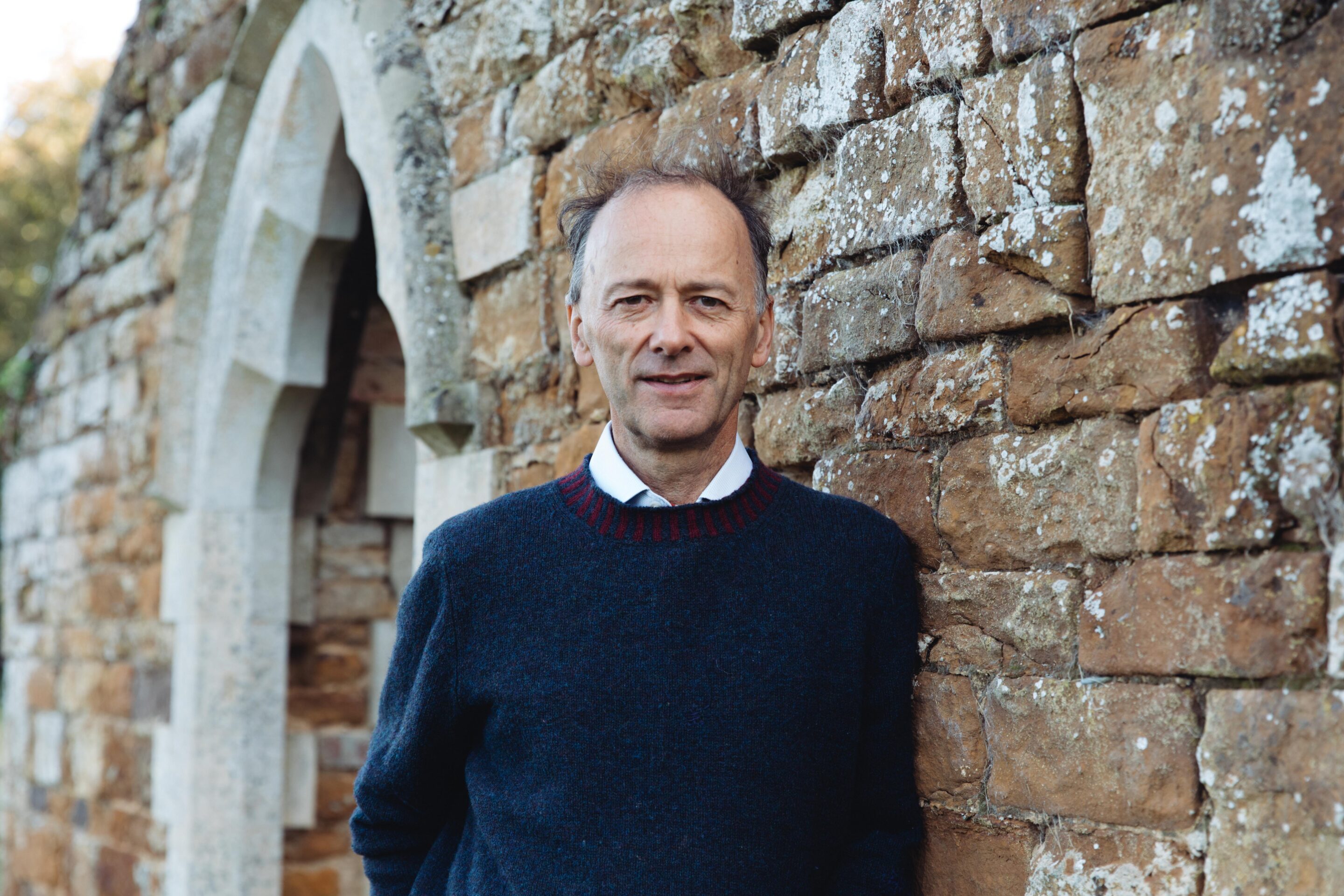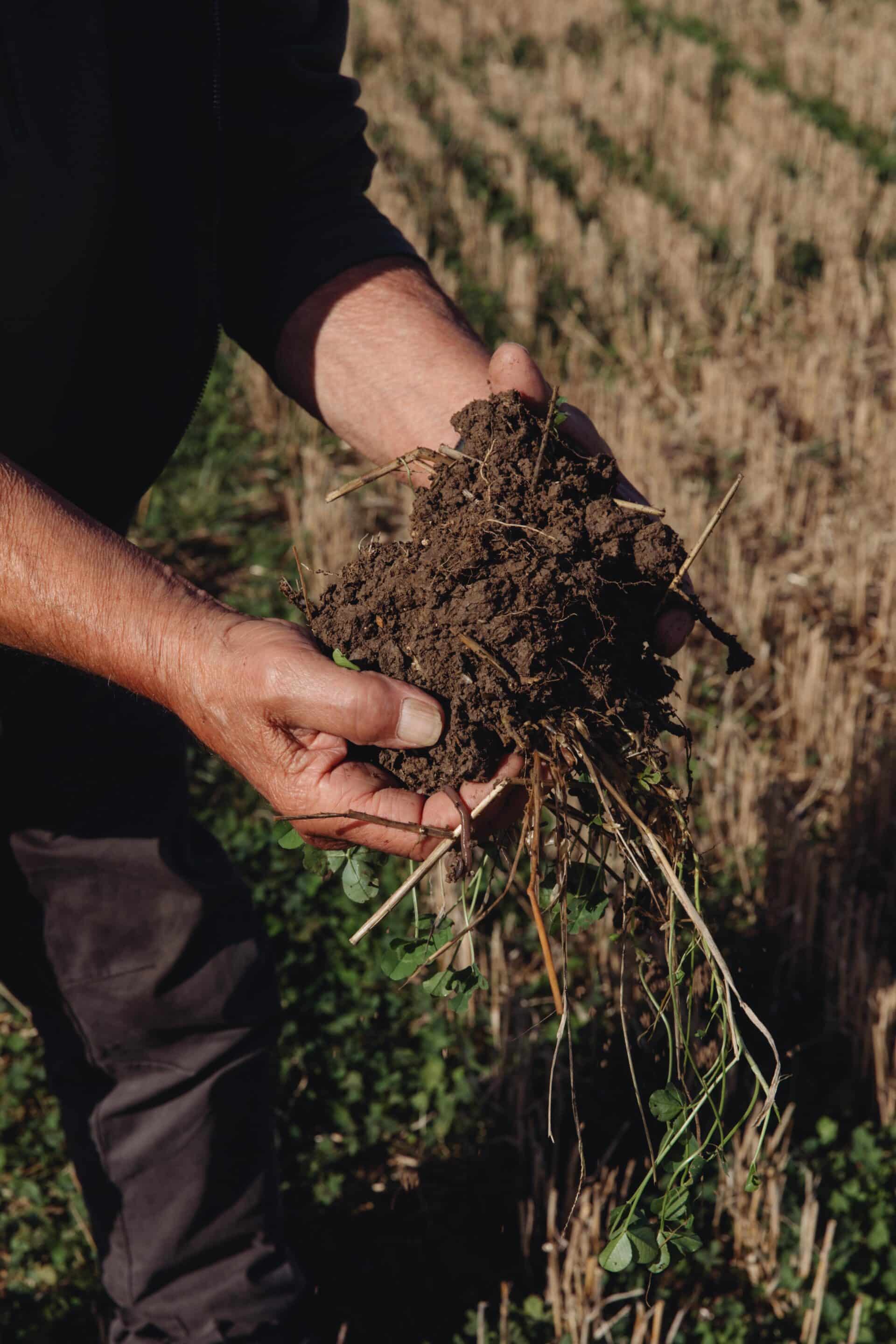- Groundwork
- Market Engagement
- Groundwork
- Market Engagement
Summary of Blaston Estate
Hylton Murray-Philipson of Blaston Estate in Leicestershire has generated soil carbon certificates by implementing regenerative farming practices. In the first transaction in 2022, the farm generated 6,500 certificates gross and – after deducting on-farm emissions and putting 20% into a buffer pool – sold 5,000 certificates to Respira International.
Respira underwrote the transaction with a guaranteed minimum price and subsequently on-sold the certificates to third parties including DASH Water, Truck East, Helical and Weatherby’s Bank. Blaston Estate takes a holistic approach to managing the land. Although the nature market focus is on soil carbon, the farm has implemented practices which have co-benefits for overall soil health, biodiversity and water quality.
Farm Profile:
- Location: Leicestershire
- Size of Land: 400 ha
- Tenancy & Ownership: Owner/Occupier
- Nature Market Focus: Soil Carbon
- Interventions: Direct Drilling, Cover Crops, Crop Rotations
- Project Partners: Respira International, Ecometric, Indigro, Fisher German
Acknowledgements
With many thanks their time and insight on this case study:
Hylton Murray-Philipson, farmer and estate manager at Blaston Estate
Respira International
David Wright, CEO, ecometric
Roger Davis, Director & Co-founder, Indigro Limited
Richard Sanders, Farm Consultant, Fisher German
Date published: 19/11/2023
Key Takeaways
- Plateauing yields and the colonization of blackgrass on the arable fields at Blaston indicated to Hylton Murray-Philipson that the farm’s soils were in poor condition. This, compounded with the running down of the Basic Payments Scheme ( BPS ) were the impetus for the farm moving to more regenerative practices – to improve the environmental and economic resilience of the farm.
- Blaston implemented three primary changes to improve soil health and increase carbon sequestration: minimum soil disturbance, permanent soil cover, diverse crop and animal rotations.
- Blaston now focuses on soil health as its primary objective. Sales of soil carbon certificates helped fund the transition.
Why did Blaston Estate get involved in soil carbon markets?
To determine what market opportunities might be available, the first step is to assess the current state of natural capital and identify potential areas of intervention which align with the overall goals of a farm. The Blaston Estate in Leicestershire had long been farmed intensively on an oilseed rape – wheat rotation, and farmer Hylton Murray-Philipson had noted a plateau in yields and increased need for synthetic inputs. When he began looking closely at the state of his soils, he noticed a significant decline in earthworms on his arable fields, increased erosion and runoff, and colonisation of blackgrass indicating poor soil health.
The loss of the Basic Payments Scheme under the EU’s Common Agricultural Policy was another impetus for Murray-Philipson making changes to improve the productivity of his soils. His concern was in the continued viability of the farming business as well as the overall environmental condition in which he would leave the farm to the next generation.
What changes did Blaston Estate implement to increase soil carbon?
Murray-Philipson tasked agronomy consultancy Indigro and land agents Fisher German to design a farm management plan with improved soil health as the primary objective. The ensuing plan was based on three core regenerative principles:
Minimum Soil Disturbance
Decades of heavy cultivation had led to a significant reduction in soil organic matter and thus the fertility of the soil. Blaston stopped ploughing and introduced direct drilling after the first cover crop was established. All arable fields at the farm are now direct drilled which has led to a reduction in emissions from the soil, reduced compaction, reduced soil erosion, increased soil organic matter, increased worm counts and improved overall soil health.
Permanent Soil Cover
Like minimizing soil disturbance, cover crops reduce erosion, increase soil organic matter and improve carbon sequestration. Introducing permanent cover can also help to build the soil and manage the nutrients which aid productivity of the main (cash) crops. Blaston Estate introduced both cover crops and catch crops into its arable fields.
Catch Crops are fast growing crops that are planted between harvest and autumn sowing. Blaston introduced catch crops to harvest sunlight between rotations, generate additional organic matter, stimulate mycorrhizal fungi and sequester additional carbon into the soil.
Cover Crops Cover crops can draw down CO2, decreasing net emissions and increasing soil carbon. Blaston Estate has sown permanent understories of white clover to reduce pesticide and herbicide use and fix nitrogen to be used by the cash crops.
Diverse Crop Rotations and Interactions
Blaston reintroduced rotational grassland, temporary grass leys and livestock grazing into the arable rotation. The livestock (60 suckler cows and 500 ewes) help improve soil fertility as they spread their manures; introducing temporary grass leys into the rotation reduces the blackgrass burden through grazing and increasing competition from a wide variety of grasses, herbs and clovers. When sheep graze white clover after harvest, they rest adjacent pastures and add fertility through manuring.
How did Blaston Estate finance up-front costs?
The upfront costs of project implementation depend on the type and scale of intervention, as well as the current income from the land. For Murray-Philipson, the primary costs were income forgone on 400 acres of cereals which he converted to rotational grasses and the capital costs of acquiring cattle and erecting buildings to over-winter them. Murray-Philipson paid for initial baseline assessment and project planning costs out of pocket. To alleviate some costs and spread them over a longer time period, the cattle brought onto the farm were initially sent to a neighbor to over-winter – thereby avoiding the necessity to erect buildings. Murray-Philipson used this time to evaluate how the intervention was working and further develop his project plan. As underwriter, Respira paid for the soil carbon credits generated on the farm before they were sold to a final buyer. This inflow of cash in 2022 was used to finance the following year’s project implementation costs.
Lessons Learned
“The key to genuine sustainability – environmental and financial – is putting the condition of the soil centre stage. Focus on margin rather than yield. If you look after the soil, the soil will look after you. After a couple of years’ reduction, yields recover as the natural fertility of the soil returns. Regenerative practices deliver similar outputs with lower input costs – and higher margins. The Sustainable Farming Incentive (SFI) can help fund measurement costs. Soil carbon isn’t a panacea for every farmer, but in the right place with the right conditions it is certainly something to consider.”
– Hylton Murray-Philipson

Hylton Murray-Philipson, Estate Manager at Blaston Estate



